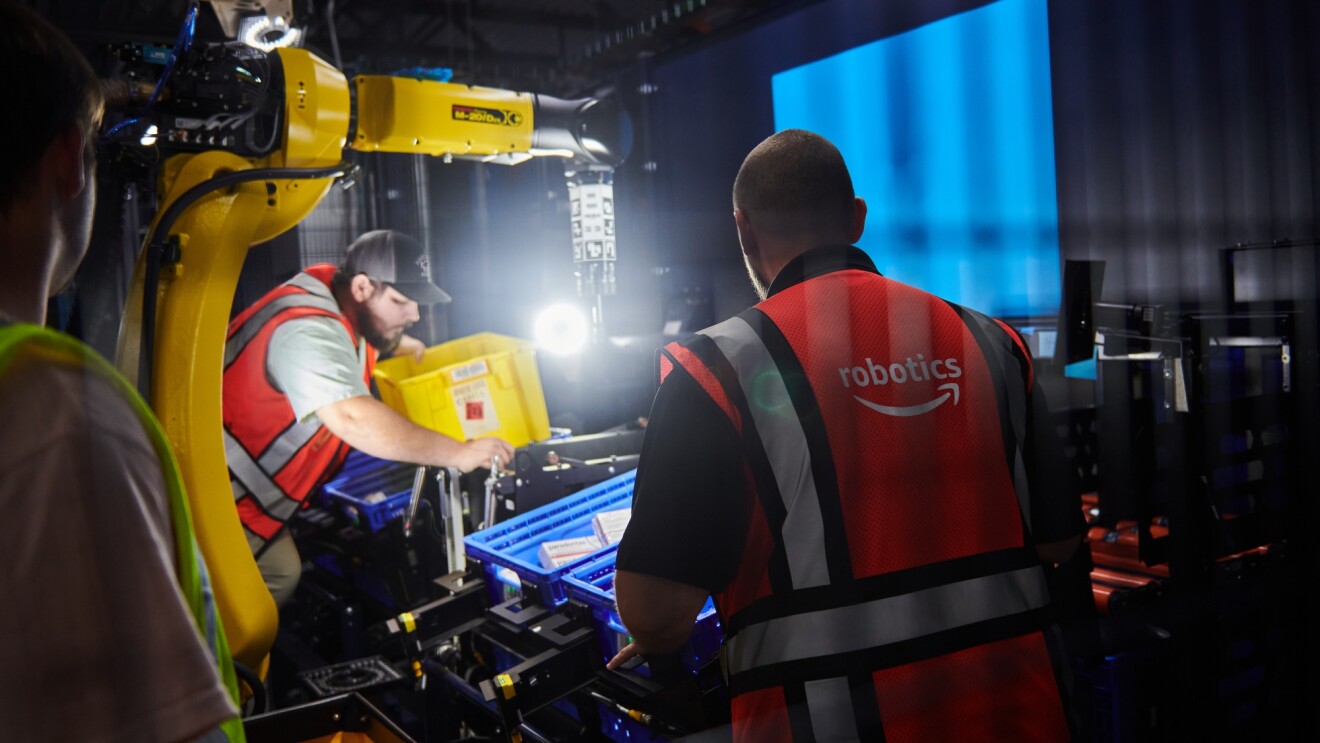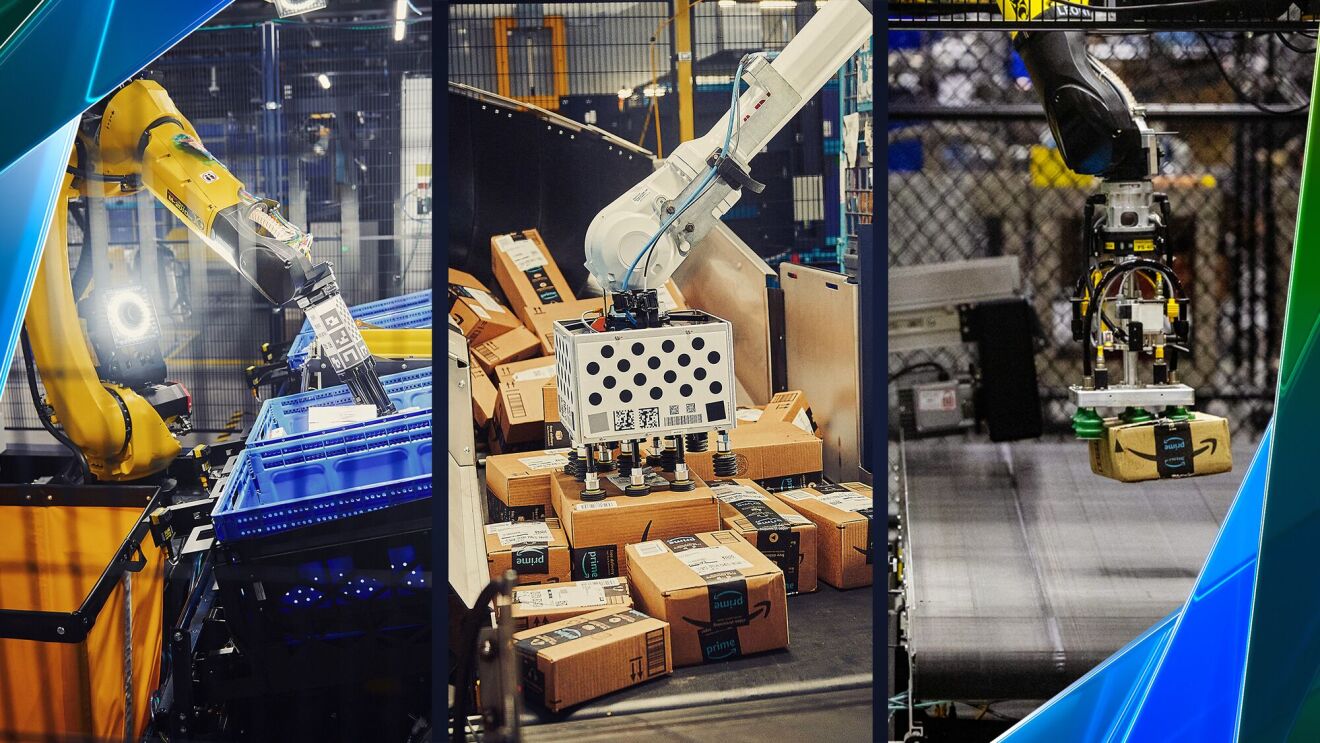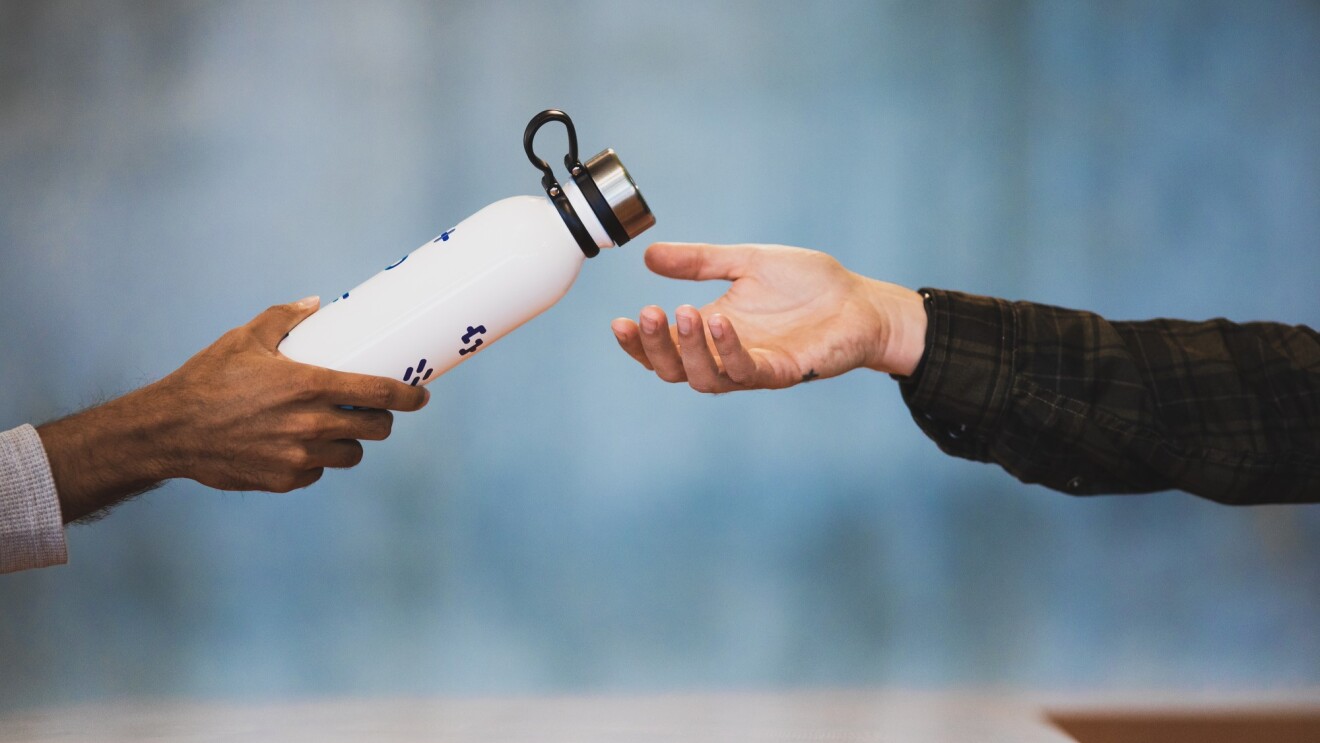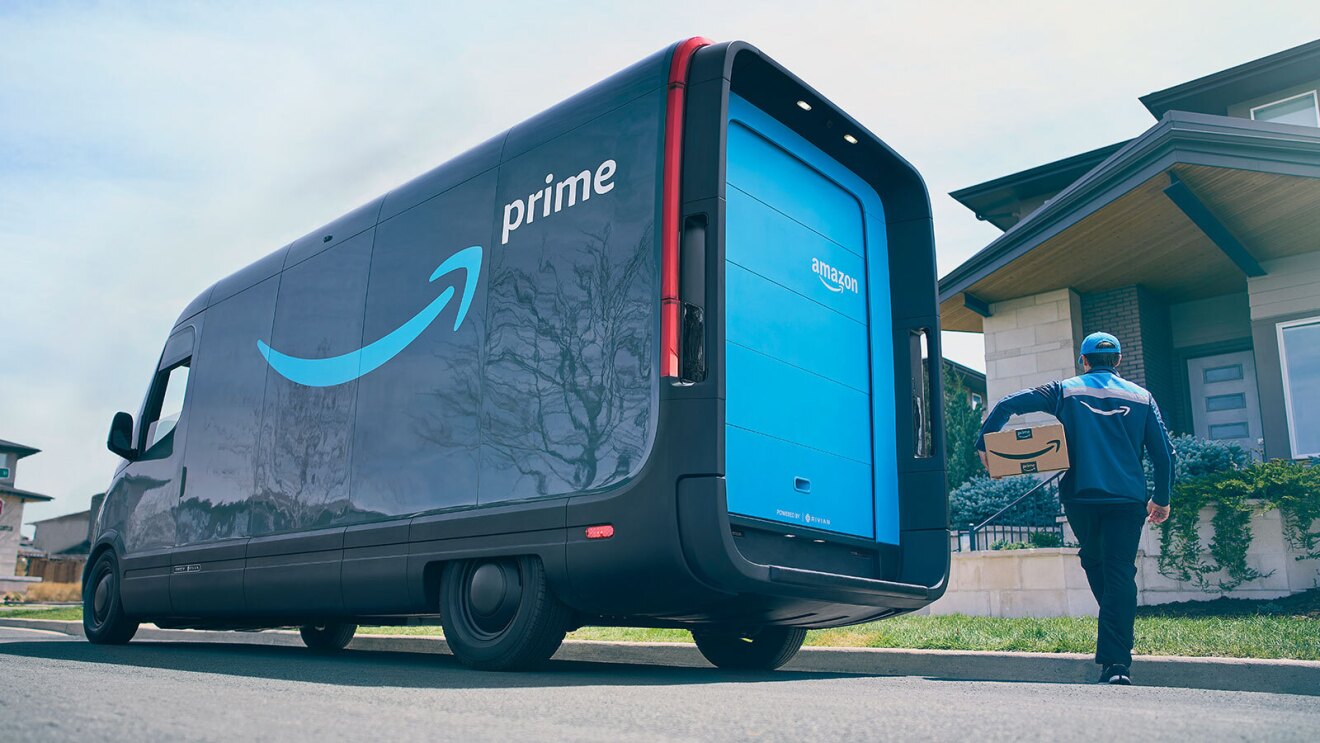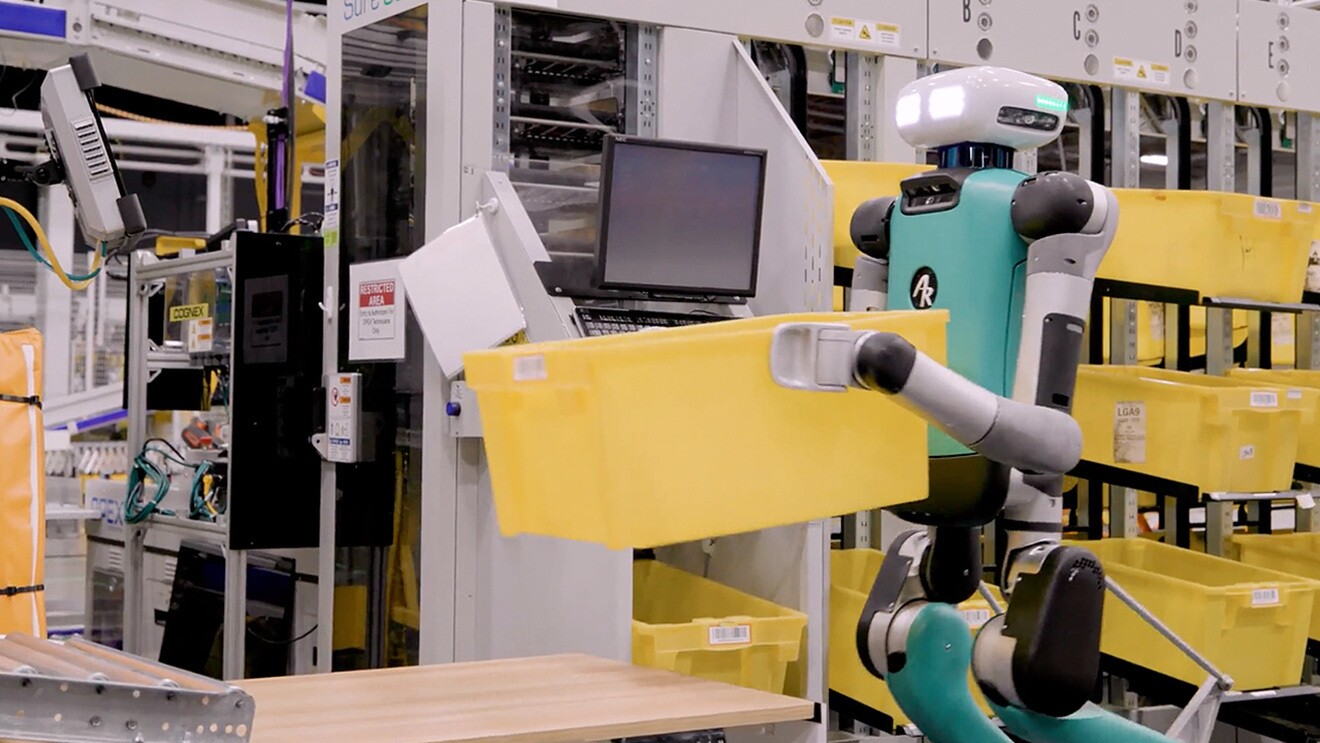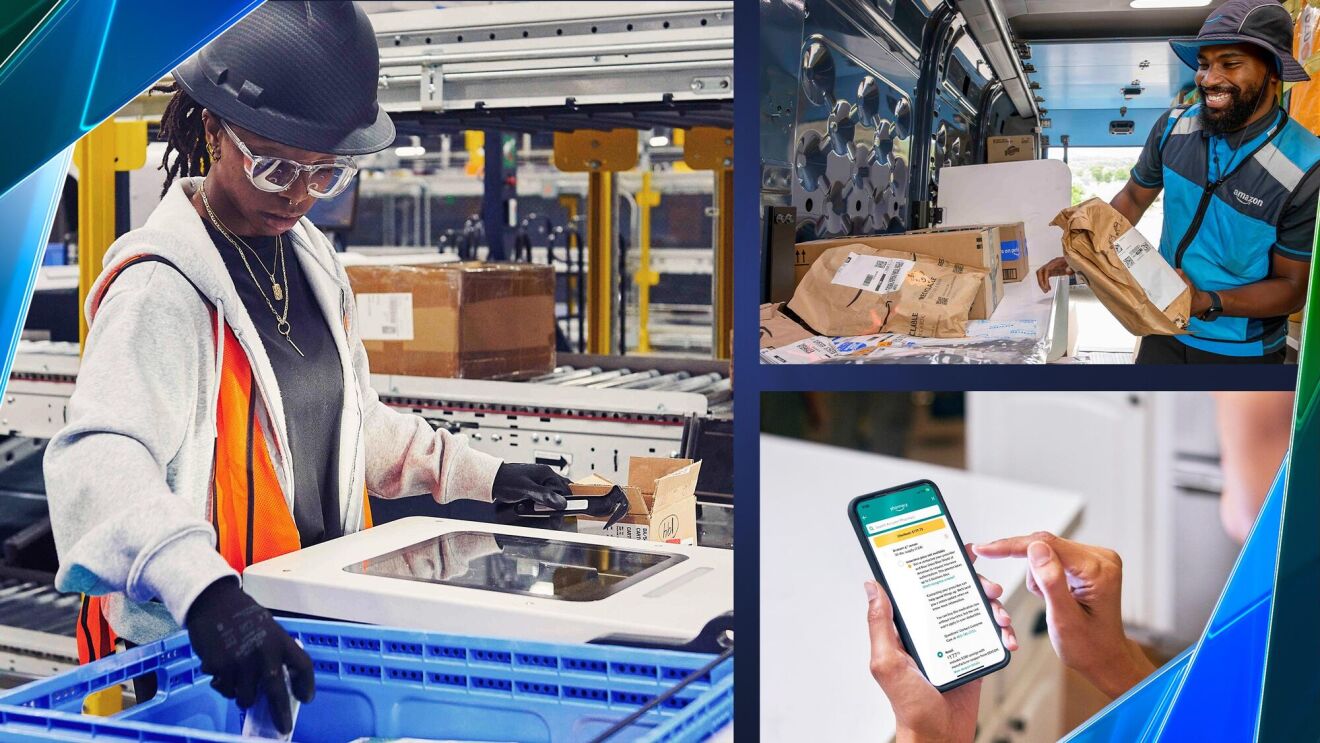When it became clear in March that testing Amazon employees for COVID-19 was going to be of critical importance, we assembled a team with a variety of skills—from research scientists and program managers to procurement specialists and software engineers—and moved them from their day jobs to focus on this initiative. We also hired dozens of lab technicians and others to build a world-class laboratory team. We've already launched and are ramping quickly, conducting thousands of tests a day and growing to 50,000 tests a day across 650 sites by November as part of our effort to keep our front-line employees safe. And because we've built this testing capacity ourselves, we're adding to the total number of tests available—not taking supply from others.
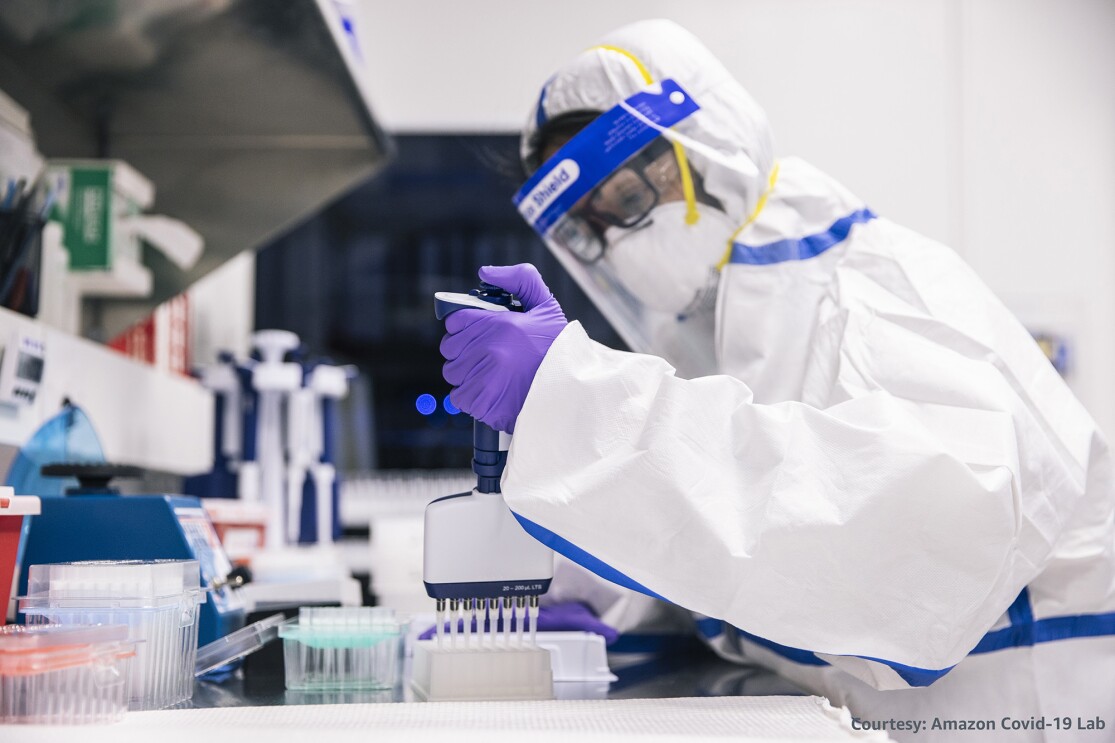 Amazon lab clinicians process samples
Amazon lab clinicians process samplesTesting regularly and broadly will help identify people who have contracted the coronavirus but are asymptomatic and therefore might not otherwise be tested. Identifying asymptomatic carriers means catching the virus earlier, before it spreads, which will have real benefits for our communities. Those who test positive can be quarantined and cared for, and everyone who tests negative can safely do their jobs without the risk of infecting others. We're investing hundreds of millions of dollars in this initiative, but testing is just one of the things we're doing to keep our front-line employees safe. We provide our employees comprehensive health insurance from their first day on the job and paid time off to any employee who needs to be quarantined or receive treatment. In the early days of the crisis, we enlisted several of the world's leading epidemiology and outbreak-response doctors to work with our 5,000-member global safety team to devise and implement process changes throughout our buildings. All in, we've introduced or changed over 150 processes to ensure the health and safety of our teams, including distributing over 100 million face masks, implementing temperature checks at sites around the world, mandating enhanced cleaning procedures at all of our sites, and introducing extensive social distancing measures to reduce the risk for our employees. We've eliminated stand-up meetings during shifts, moved information sharing to bulletin boards, staggered break times, and spread out chairs in breakrooms, among other steps. Cleaning occurs across each site about every 90 minutes to sanitize door handles, stairway handrails, lockers, elevator buttons, and touch screens.
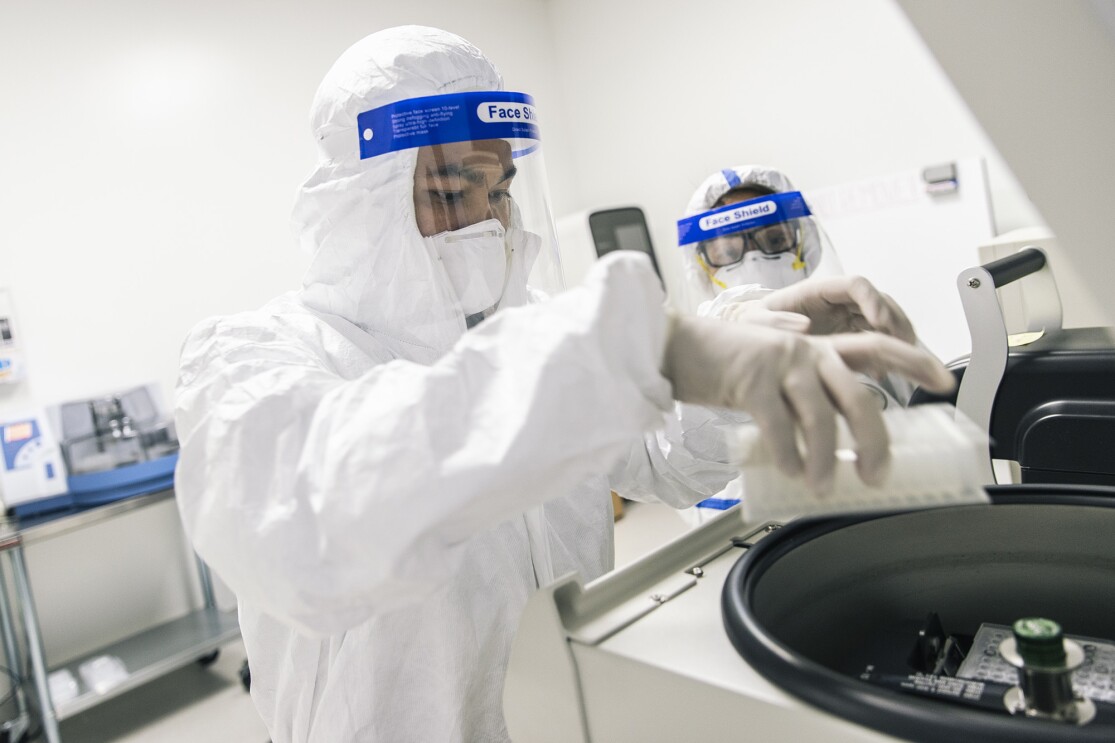 Amazon lab clinicians process samples
Amazon lab clinicians process samplesSince the beginning of this crisis, we've worked hard to keep our employees informed, notifying them of every new case in their building. We also want to share details and best practices for keeping employees safe with NGOs, governments, and other companies. As part of this commitment, we've decided to publicly share the COVID-19 infection rates among Amazon front-line employees—something few if any companies and no other major retailers have done. We hope other large companies will also release their detailed learnings and case rates because doing so will help all of us. This is not an arena where companies should compete—this is an arena where companies should help one another.
We have done a thorough analysis of data on all 1,372,000 Amazon and Whole Foods Market front-line employees across the U.S. employed at any time from March 1 to September 19, 2020. We compared COVID-19 case rates to the general population, as reported by Johns Hopkins University for the same period, accounting for geography and the age composition of our employees to make the data as accurate as possible. Based on this analysis, if the rate among Amazon and Whole Foods Market employees were the same as it is for the general population rate, we estimate that we would have seen 33,952 cases among our workforce. In reality, 19,816 employees have tested positive or been presumed positive for COVID-19—42% lower than the expected number. You can see a full state-by-state chart of case rates among our front-line employees, along with additional details about our methodology and data sources, here.
We have been conservative in this analysis. First, we cast a wide net by including both confirmed and presumptive cases in the Amazon figures. Second, actual COVID-19 rates in the general population are greater than the official counts because not everyone in the general public gets screened for symptoms or tested. By contrast, Amazon employees are regularly screened for symptoms and are increasingly being tested at work, regardless of whether they are showing symptoms, in order to identify asymptomatic cases. And of course, a positive test does not mean someone became infected as a result of their employment with Amazon—these individuals can be exposed in many ways outside of work.
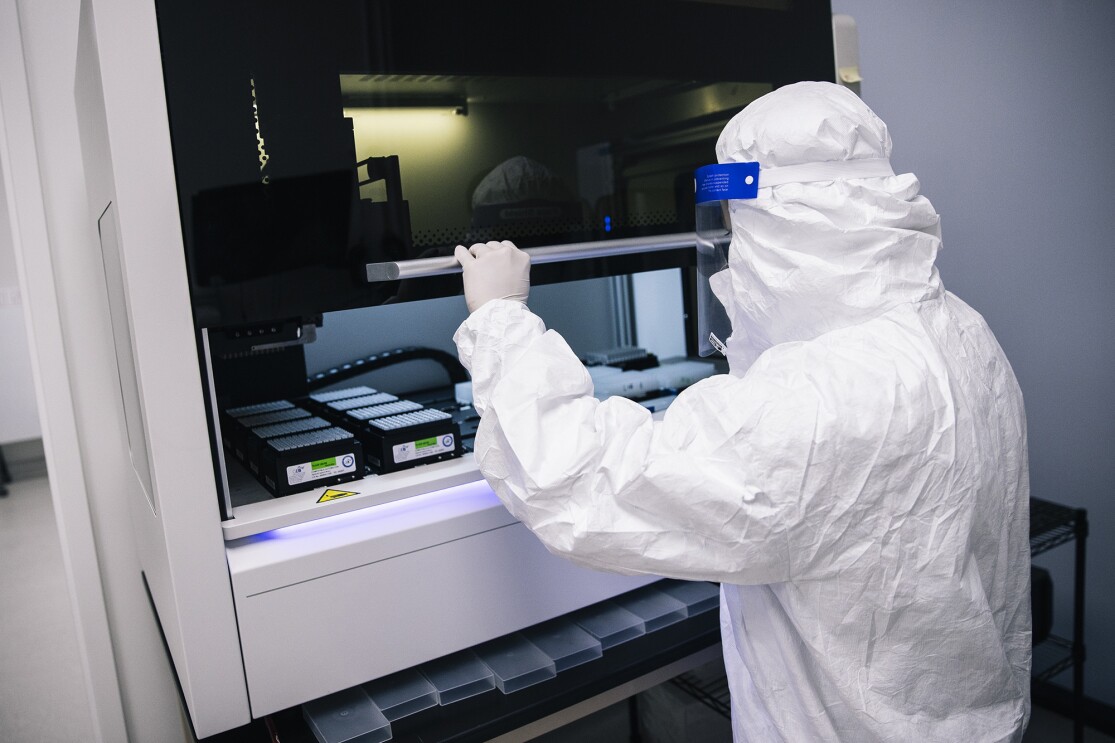 Amazon lab clinicians process samples
Amazon lab clinicians process samplesIn addition to looking at case rates, we believe it’s important to measure the rate at which employees are quarantined if they come in close contact with someone with a confirmed or presumed diagnosis of COVID-19. These are employees who aren't sick but are quarantined out of an abundance of caution to prevent potential spread. This number represents an important concept in epidemiology because it tracks the rate of transmission, and public health agencies try to bring it down to below one. In early March, when we first launched social distancing, we placed three or four employees on paid quarantine for each confirmed case. Since then, our enhanced social distancing measures and video-based contact tracing across our sites have reduced that number to a fraction of a person being required to quarantine per confirmed case. This means that our employees are at a very low risk of transmission in the workplace. And as we continue to ramp up testing, we'll be able to identify more people who are asymptomatic, quickly contact trace, enforce our quarantine process, and help to remove people from the community so they can recover before they infect others.
This information would be more powerful if there were similar data from other major employers to compare it to. Wide availability of data would allow us to benchmark our progress and share best practices across businesses and industries. Unfortunately, there are no standards for reporting or sharing this data, and there's very little comparable information about infection rates and quarantine rates available from other companies. We all have a vested interest in returning to some version of normal and safely helping our communities and the economy. We hope sharing this data and our learnings will encourage others to follow, and will prove useful as states make decisions about reopening public facilities and employers consider whether and how to bring people back to work.
Trending news and stories
- Amazon CEO Andy Jassy shares the simple question that helps power Amazon's innovation
- Amazon will share its Q1 2025 earnings on May 1
- The Amazon Book Sale is back April 23-28 with thousands of deals across books, select devices, and memberships
- Amazon CEO Andy Jassy shares how AI will reinvent ‘virtually every customer experience we know’

